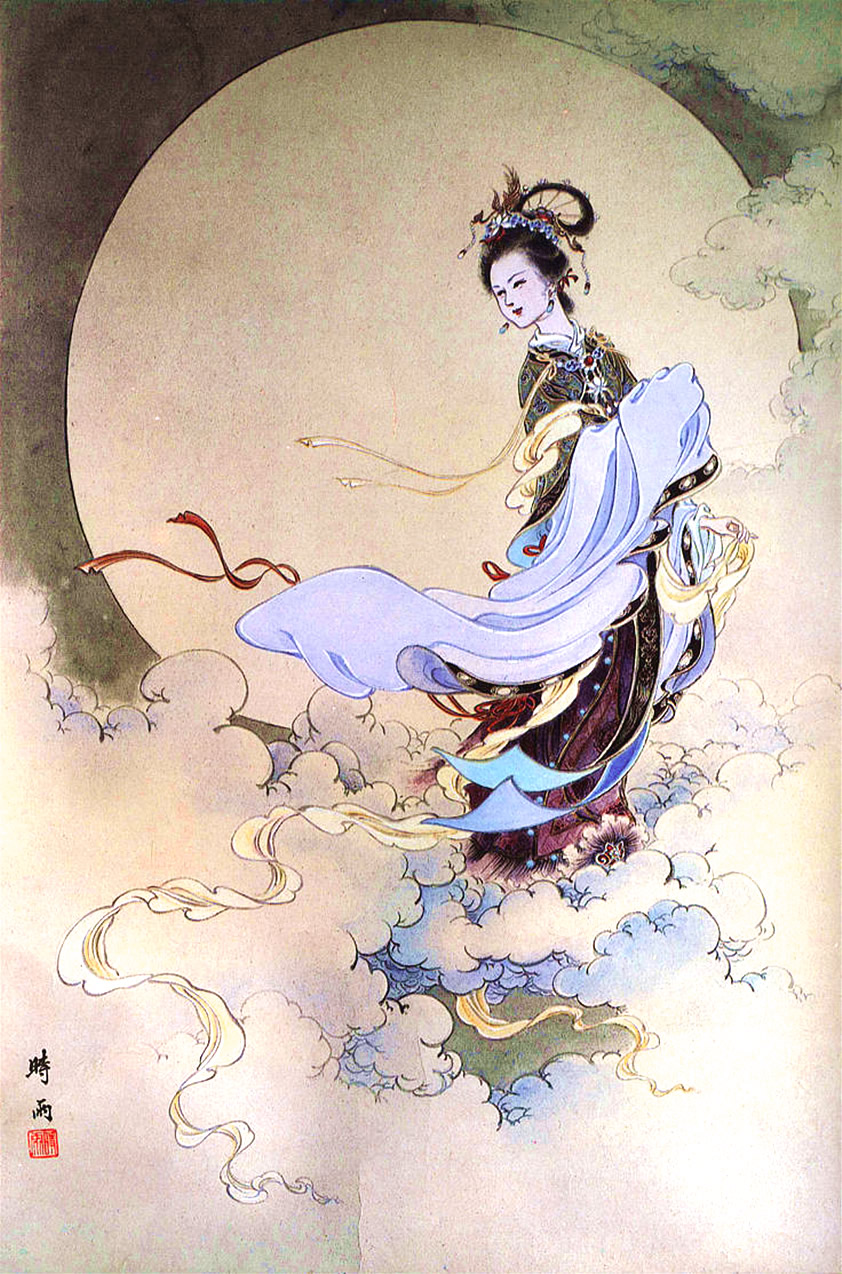


Ersa: The name translating to “dew,” Ersa or Herse was the personification of morning dew.She was a personification of the full moon, and the Athenian festival of Pandia is allegedly connected to her as the Athenians celebrated it on a full moon. Pandia: Zeus, the King of the gods, and Selene gave birth to Pandeia or Pandia Selene.The Titan goddess has had her fair share of children who grew to take on roles of various goddesses and other celestial beings. This also explains why one of his epithets is Hyperion.Īlthough, in most versions, Helios is Selene’s brother. Daughter of HeliosĪ famous Greek tragedian, Euripides, recounted that Selene was the daughter of Helios, the most prominent sun god. Daughter of PallasĪccording to an interpretation in the Homeric Hymn to Hermes, the Titan moon goddess is the daughter of Pallas, son of the largely unknown character Megamedes.Īlternatively, Pallas was the son of Titan Crius, making him Selene’s cousin. Hyperion espouses his sister Theia (also known as Euryphaessa) to give birth to the two powerful Titan siblings. However, there is not much difference between this origin tale and the previous one.

In a similar version recorded in The Homeric Hymn to Helios, Hyperion weds Euryphaessa (or “the widely shining”), fathering two lovely children, namely, Eos and Selene. While Eos was the god of dawn, Helios was the sun god, and Selene personified the moon. Later, the children were celebrated for their radiance and godly elegance. When the great Titan god of heavenly light, Hyperion, fell in love with his sister Theia, the Titan goddess of sight, the divine couple gave birth to Selene, Eos, and Helios. Here, we will look at what makes the chariot-riding moon goddess a legend in her own right. Nevertheless, tales of Selene’s magnificent adventures and male consorts are plenty. In addition, many overlook that Selene was the moon itself while the subsequent goddesses were keepers of the moon. Her role as the incarnation of the moon is now overshadowed by the Olympian goddess of the moon, Artemis. Similarly, the Titan moon goddess born on the Greek isle of Rhodes had everyone wrapped around her finger with her crescent moon-shaped headdress and magnificent winged steeds carrying her around.Īlthough her brilliance was incomparable, not many are familiar with the goddess, especially in modern times. Most famous classical poets describe her beauty as so intriguing that gods and mortals alike could not resist her godly charms. Selene – or Luna as the Romans called her – is the goddess of the moon, driving a horse-drawn chariot across the night sky.


 0 kommentar(er)
0 kommentar(er)
